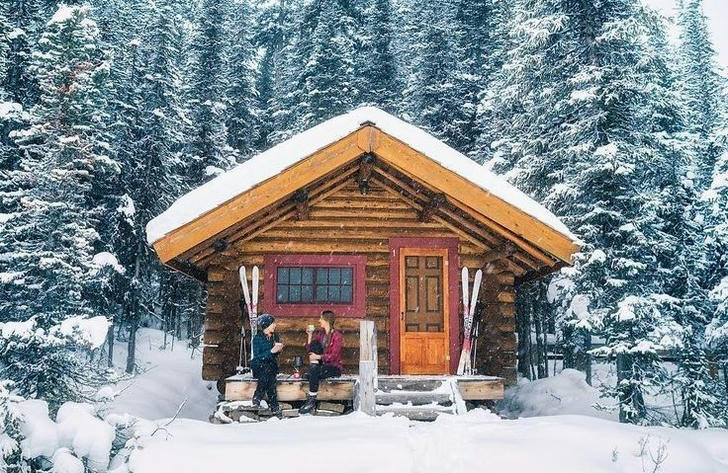The Ultimate Guide to Preserving Your Log Cabin Walls
The walls of your log cabin are exposed to the elements year-round, meaning they take the brunt of the weather and require regular care to keep them in top condition. Whether you are dealing with moisture, pests, or wear from UV rays, proper maintenance can ensure your cabin remains beautiful, durable, and safe. This guide will cover key strategies for preserving the integrity of your log cabin walls.
1. Inspect and Seal the Walls
Wood is naturally susceptible to moisture, which can lead to rot, mold, and mildew. Therefore, regular inspections of your log cabin walls are essential. Look for signs of discoloration, soft spots, or warping, which may indicate that moisture has infiltrated.
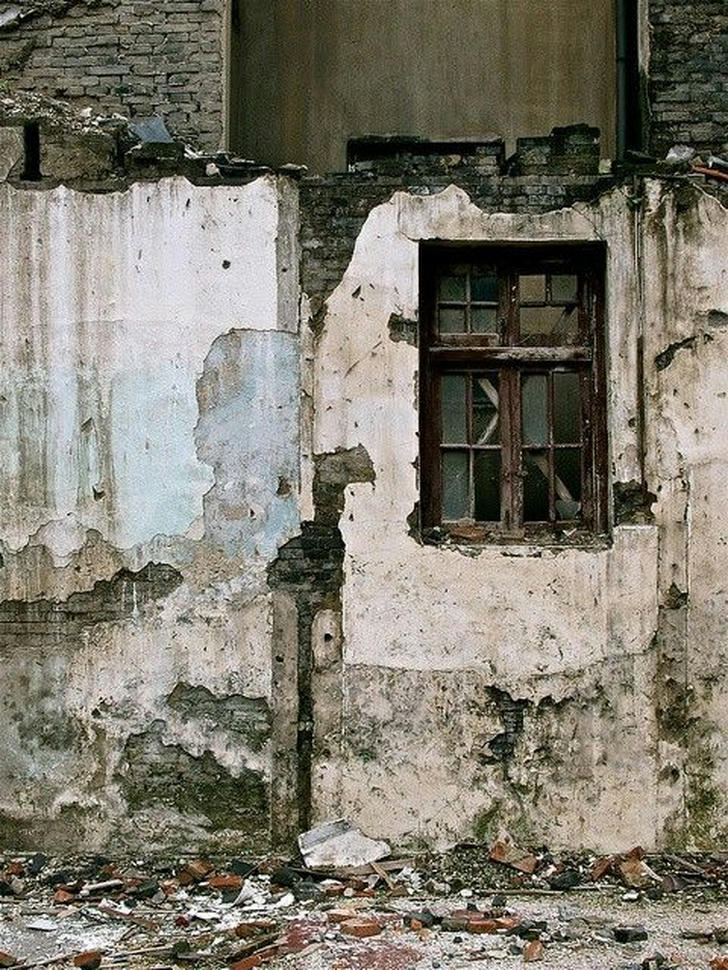
Example:
In a cabin located in the Pacific Northwest, constant rain had caused moisture to seep into the logs, leading to rot. The owner applied a wood preservative and sealed the exterior, which protected the cabin and extended its life.
Once you've inspected the wood, use a good-quality sealant to keep moisture at bay. Sealants will protect your wood from rain, snow, and high humidity, which is essential in prolonging its lifespan. Consider using a breathable wood sealer that allows moisture to escape from inside the wood, which helps prevent mold.
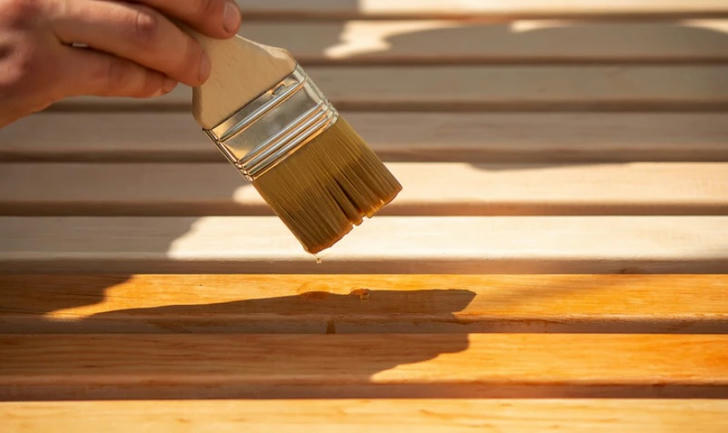
2. Fill Cracks and Gaps
Cracks and gaps in the walls are not just an aesthetic issue—they allow moisture, air, and pests to enter the wood. To prevent this, use a high-quality wood filler designed specifically for log cabins. The best fillers will expand and contract along with the wood due to temperature changes, ensuring that they maintain a tight seal over time.
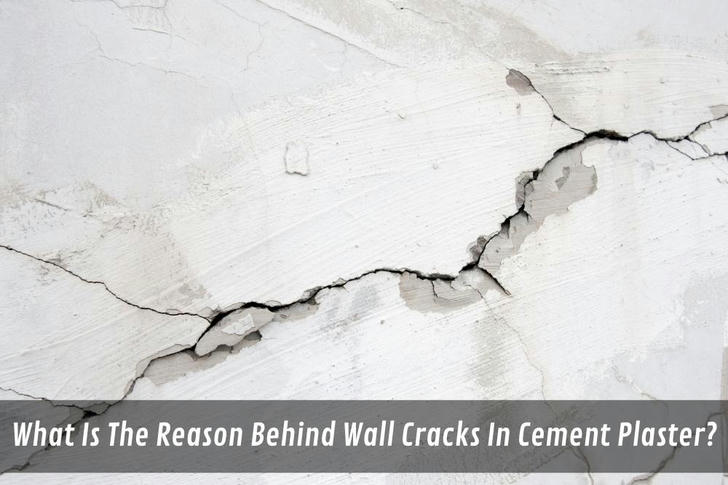
Example:
A couple in Colorado noticed cracks in their cabin's exterior after a few years of fluctuating temperatures. They used a high-quality log cabin filler to seal the gaps, which expanded with the logs and kept their cabin safe from moisture and pests.
3. Treat for Pests
Pests, such as termites and carpenter ants, can cause severe damage to log cabins. Regular pest prevention is vital. Natural repellents such as cedar oil or boric acid can deter pests without harming the environment. You can also schedule annual treatments for termites and other destructive insects.
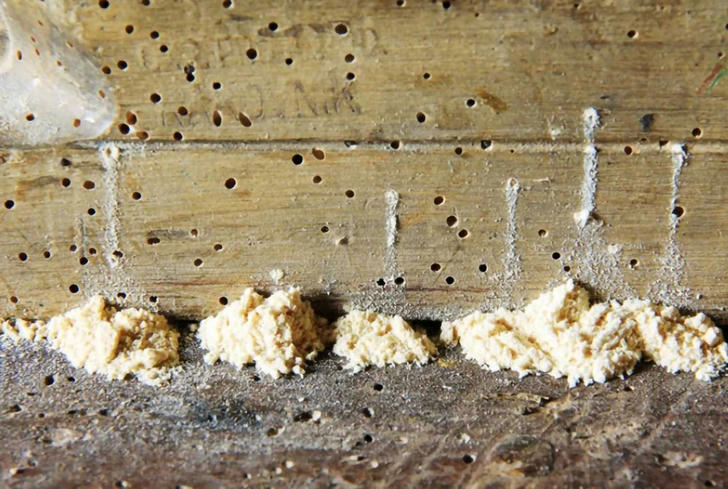
Example:
In Minnesota, a cabin owner noticed signs of termites but successfully dealt with the issue by using cedar oil as a repellent. They also ensured their gutters were clear, so water didn’t pool around the cabin’s foundation, which can attract pests.
4. Sand and Restain the Walls
The sun’s UV rays can cause your cabin’s wood to fade, dry out, and crack over time. To prevent this, sand down the old stain and apply a fresh coat of wood stain designed for log homes. Sanding removes the weathered finish and prepares the wood for a new protective layer. Afterward, a new coat of stain will restore the color and protect the wood from the sun and moisture.
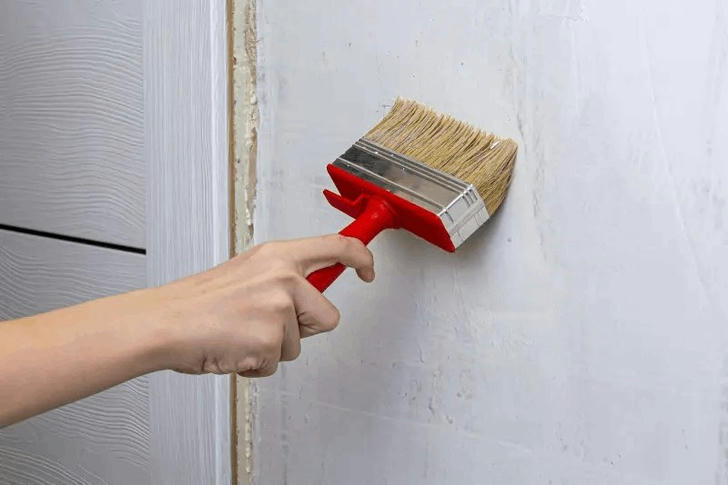
Example:
A family in the Adirondacks decided to sand their cabin’s walls to restore the wood’s natural beauty. They applied a stain formulated to protect the wood from UV rays, ensuring their cabin would remain vibrant and shielded from the harsh weather conditions in the region.
When sanding, use medium-grit sandpaper to remove the old finish. Apply the new stain evenly, and ensure it penetrates deep into the wood. A UV-resistant stain will help maintain the wood’s color and prevent damage from the sun's rays.
5. Prevent Sun Damage
UV rays can degrade the wood fibers, leading to cracks, fading, and brittleness. To protect your cabin’s exterior, apply a UV-resistant sealer or stain. These products protect the wood from sun exposure, keeping it from deteriorating and losing its natural beauty.
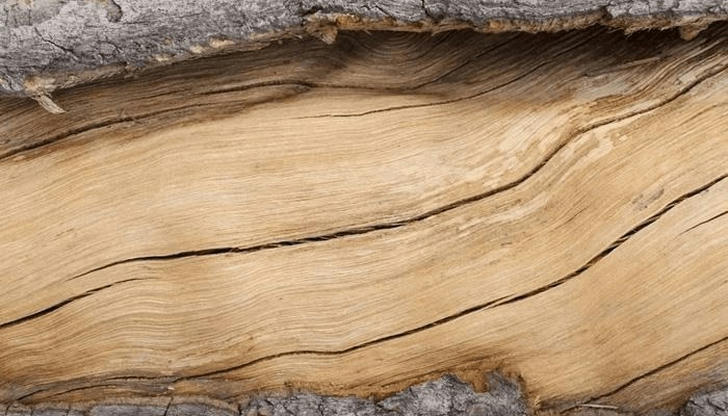
Example:
In Arizona, a cabin owner noticed that the wood was starting to crack and fade under the intense sun. They applied a UV-resistant sealer, which not only preserved the wood’s natural color but also prevented further damage caused by prolonged sun exposure.
You should reapply UV-resistant treatments every few years, especially if your cabin is in a region with intense sunlight. This will ensure the long-term health of your log cabin’s walls.
Conclusion
Regular maintenance is crucial for preserving your log cabin walls. By following these simple steps—inspecting and sealing, filling cracks, treating for pests, sanding and restaining, and preventing sun damage—you can protect your cabin from the elements and keep it looking beautiful for years to come.
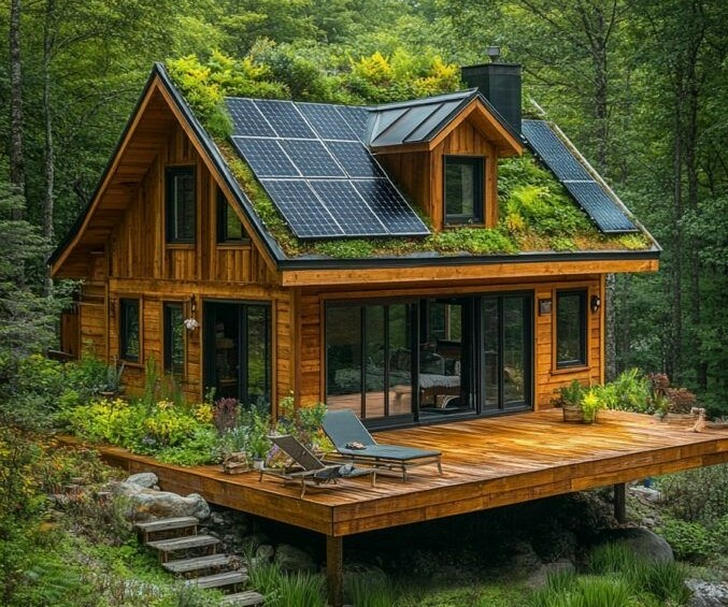
Real Example:
The Smith family has cherished their log cabin in the Appalachian Mountains for over a decade, treating it as both a family retreat and a long-term investment. Understanding that harsh mountain weather can take a toll on wooden structures, they established a strict maintenance routine early on. Every spring and fall, they thoroughly inspect the walls for cracks, discoloration, or signs of moisture damage. They diligently reseal any vulnerable areas to keep rain and humidity at bay, ensuring the logs remain dry and sturdy.
In addition to sealing, they apply a fresh coat of UV-resistant stain every few years to combat the intense summer sun, which helps preserve the wood’s natural color and prevent cracking. Pest prevention is also a priority—regular treatments and careful landscaping around the cabin have kept termites and carpenter ants at a safe distance. Thanks to their efforts, their cabin remains a warm, rustic haven, providing their family with a cozy escape year-round, whether for summer hikes or winter nights by the fire.
